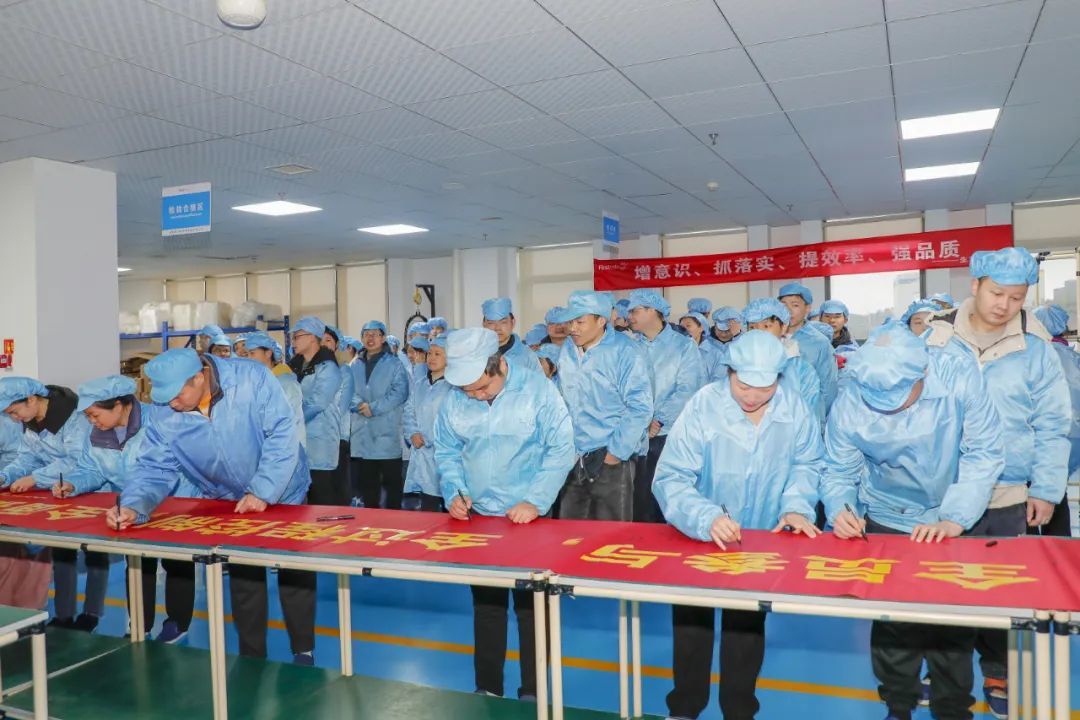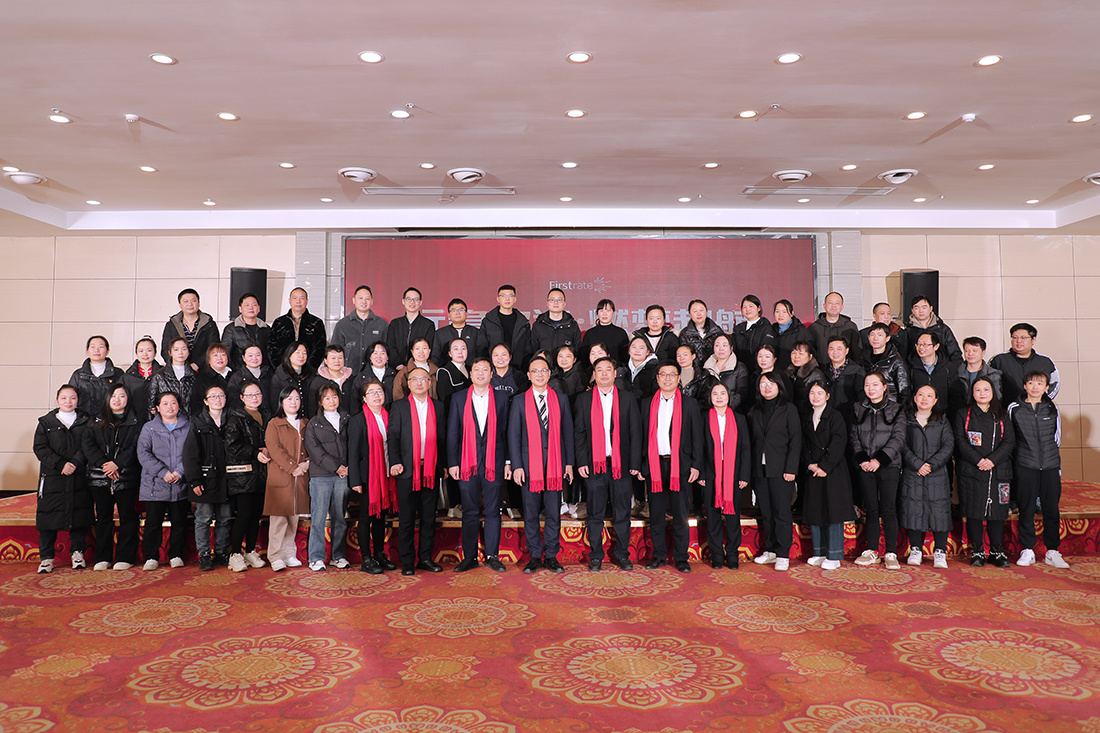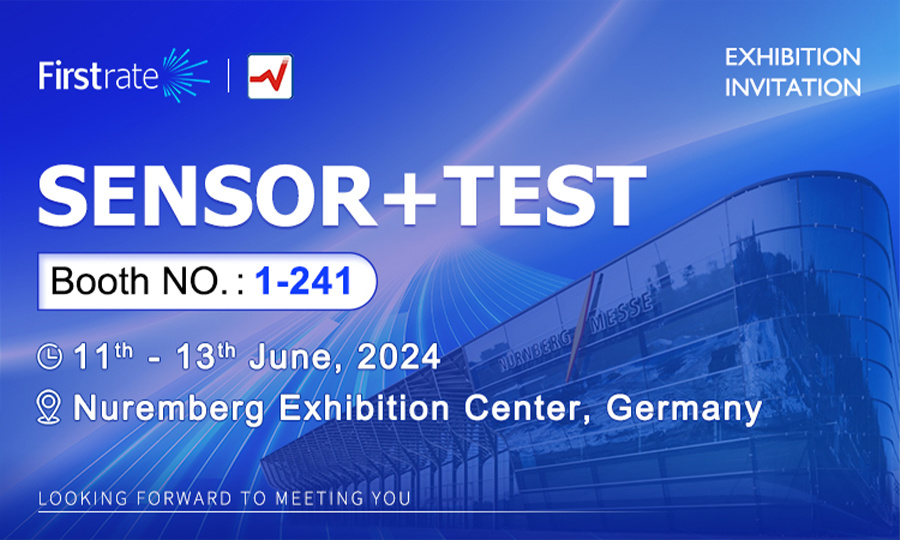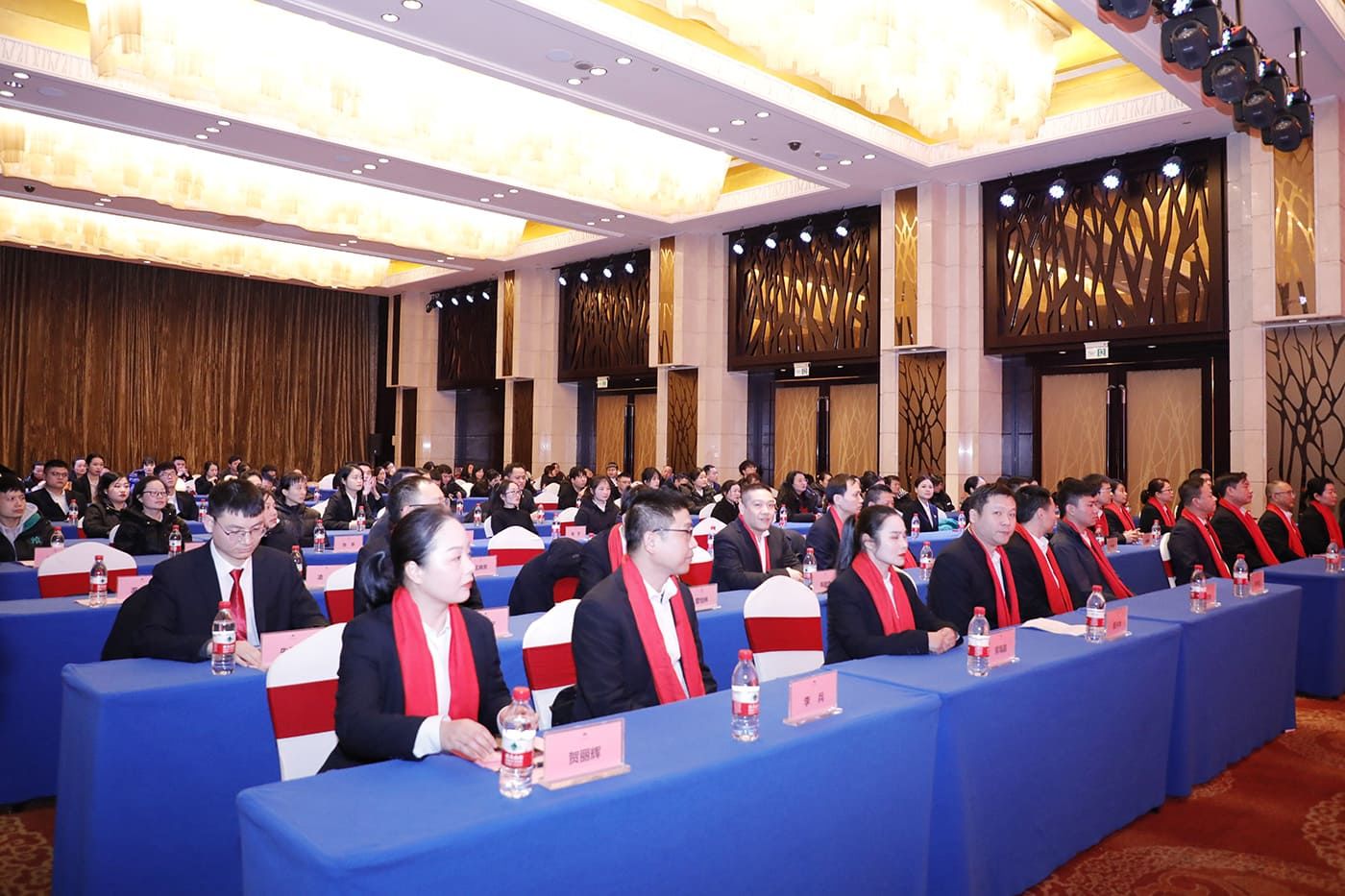How to correct the emissivity of infrared temperature sensors
2025-04-03
The principle of infrared temperature sensor is based on the law of blackbody radiation, according to Stephen Boltzmann's law, all the temperature above absolute zero (-273.15 ° C) of the object will radiate electromagnetic waves to the outside, infrared temperature measurement sensor because of its wide temperature range and the convenience of non-contact temperature measurement, is now more and more widely used.
Today we talk about how to measure different material objects how to correct the emissivity?
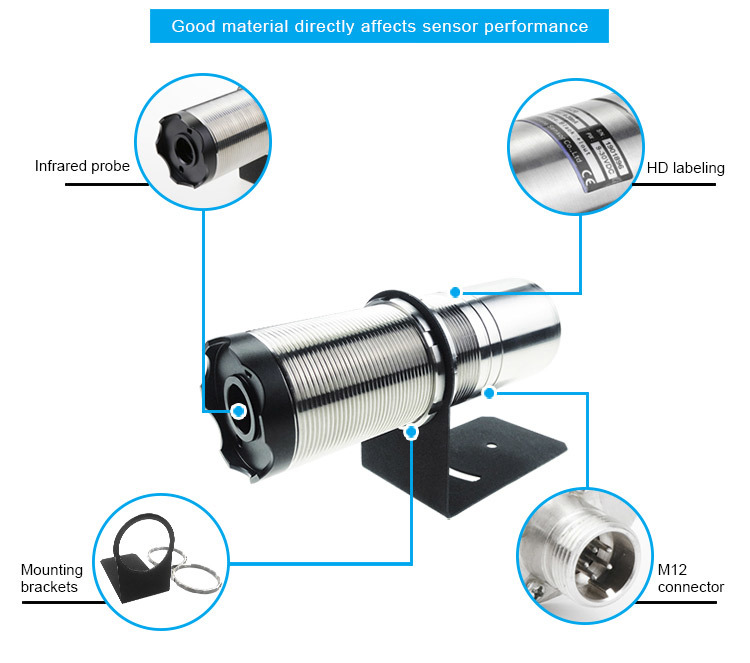
Infrared emissivity factors
Emissivity is the ratio of the energy radiated from the surface of an object to the energy radiated from a blackbody at the same temperature. It is an important parameter that affects the accuracy of infrared temperature measurement, but the actual application, the actual object emissivity is affected by a variety of factors, mainly containing the following elements:
1.Material type
Different materials have different infrared radiation characteristics due to differences in their chemical composition and physical structure, resulting in different emissivity. Usually, non-metallic materials such as plastics, wood and ceramics have higher IR emissivity, while metallic materials such as aluminum and copper have lower emissivity.
2.Surface Roughness
The smoothness or roughness of an object's surface affects its ability to absorb and emit infrared radiation. The rougher the surface, the higher the emissivity is likely to be, especially for metallic materials. The emissivity of non-metallic materials is relatively unaffected by surface roughness.
3.Color depth
The depth of a color does not directly determine the IR emissivity, but can indirectly affect the absorption and reflection of IR radiation from an object.
4.Temperature of the object
The emissivity of some materials sometimes varies with temperature, and this dependence varies from material to material.
When using an infrared temperature measurement sensor for on-line monitoring of object temperature, if you are not sure about the object emissivity or the sensor emissivity has been fixed, you can use the following methods to adjust the emissivity of the temperature measurement object according to the emissivity characteristics, so as to achieve the optimal temperature measurement effect.
Gluing method:Localized electrical tape or thermal adhesive coating, the emissivity is close to 0.95, suitable for low emissivity of the material, the requirements of the heating process does not change the surface state of the object. Suitable for heat dissipation module, metal surface, etc..
Paint spraying method:Most of the paint emissivity close to 0.95, local spray paint, can be applied to low emissivity, high temperature temperature measurement objects, such as pipelines, heat sinks, bearings and so on.
Paint method:Using a dark-colored water-based pen (emissivity close to 0.95) evenly coated on the surface of the measurement point, this method can be applied to do not allow changes in the surface state of the object scene. It can be erased after application. However, the target temperature is not suitable to exceed 100 degrees.
Frosting/oxidizing method:Most bright metals have low emissivity. Sanding or oxidizing the metal surface to reduce specular reflection can increase its emissivity and improve the accuracy of temperature measurement.
Contact thermometer method:Use the contact temperature sensor to directly detect the surface temperature of the object, by adjusting the emissivity, until the measured surface temperature is the same or similar. For example: the range of the sensor is 500-1400 ℃, the real temperature is 1200 ℃, the measured temperature is 1150 ℃. At this time, the emissivity parameter can be adjusted to: (1150-500)÷(1200-500)=0.928≈0.93
RECOMMEND NEWS



